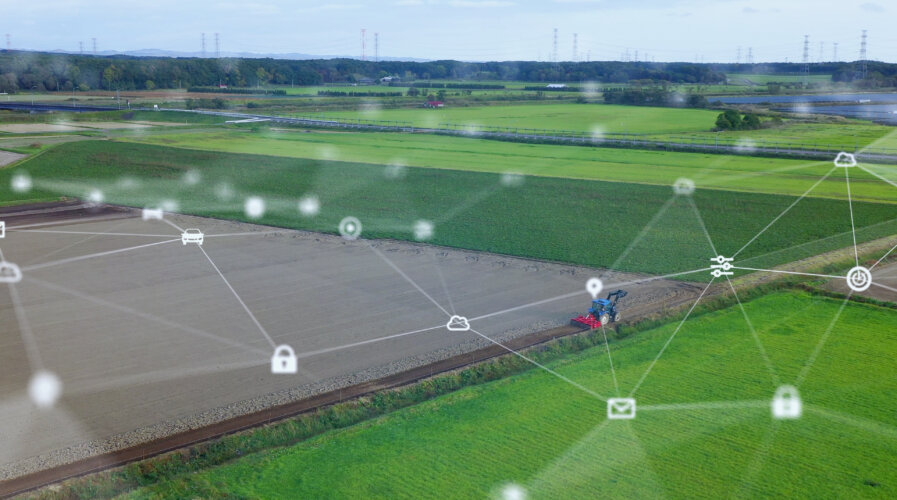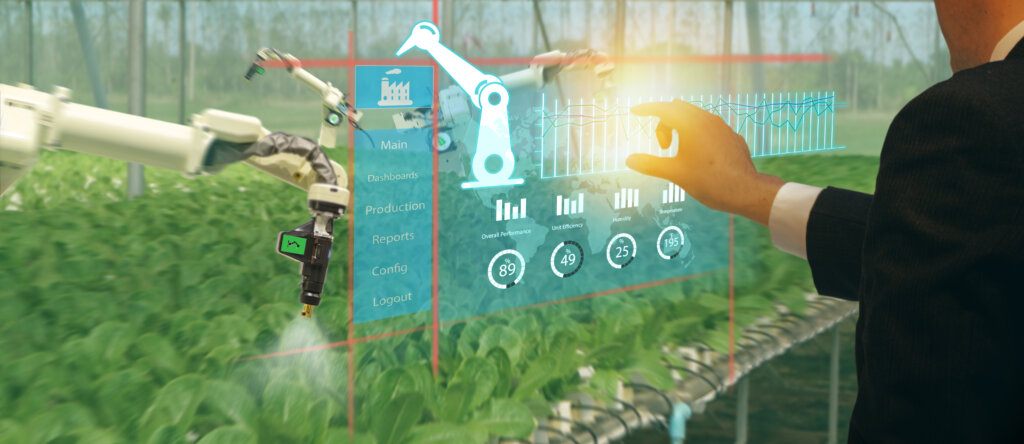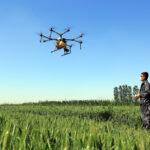
Seeds of change: agritech redefining farming in Asia
|
Getting your Trinity Audio player ready... |
The Asia Pacific region, which hosts more than half of the global population with only one-fifth of the world’s agricultural land, is one of the fastest-growing markets for agritech.
According to McKinsey, 39% of global farmers plan to use at least one technology in the next two years. However, in Asia, only 9% of farmers use or plan to use an agritech product.
Several factors have driven this growth in agritech adoption. They include the increasing demand for food production, which has pressured farmers to increase productivity and efficiency. There is also a limited amount of additional arable land, and water levels have also been receding. As a result, many farmers are turning to technology to help optimize their operations and improve their yields.
Farmers are generally open to innovation, aware that it can help optimize their returns and minimize financial risk. Microsoft believes that the agriculture industry is at a turning point, and scaling innovation across the industry starts with data. In an interview with Claudia Roessler, Director of Agriculture for Microsoft Industry Cloud, she discusses the evolving state of agritech in Asia and how agriculture in the region can leverage technology to incorporate sustainable farming practices.
Empowering agriculture with high-quality data
Citing a report by the International Food Policy Research Institute, Roessler states that data-driven agriculture techniques can increase farm productivity by as much as 67% by 2050 while simultaneously cutting down on agricultural and food losses.

Claudia Roessler, Director of Agriculture for Microsoft Industry Cloud
“Data-driven agriculture can bring predictability and precision to farming. With the insights gleaned from data collected on the farm, we can empower decision-making, enhance efficiency, improve productivity, and contribute to the larger goal of global food security,” she said.
The volume of agricultural data produced annually is growing. This data, comprising spatial and temporal aspects across different resolutions, projections, alignments, and coordinate systems with hundreds of variables and attributes, lays the foundation for much-needed digital agricultural innovations.
Microsoft is facilitating access to farm data to improve farming practices built on its partnership with Project FarmBeats. It’s developed the Azure Data Manager for Agriculture solution to address the industry-wide problem of collecting and transforming a massive amount of agricultural data into actionable insights.
“By leveraging the power of AI and the cloud, we can help farmers make data-driven decisions, increase yields, and improve sustainability. We continue to fuel innovation from Microsoft Research and their work developing FarmVibes.AI, alongside advances in AI models, to drive future product innovation,” she said.
Addressing challenges in agritech adoption: Cost and digital skills gap
Lack of skills and high costs are two major drawbacks in the sector. Roessler acknowledges this, especially for low-to-middle-income countries in Asia, where smallholder farmers, who produce more than 80% of the food consumed in the region, are the majority.
Farmers are still shouldering most of the risk associated with the agricultural supply chain. Digital transformation can help mitigate this risk by shifting it from farmers to agriculture service providers. For instance, an input provider could guarantee the quality and output of their seeds and services. If those guarantees aren’t met, the farmer is refunded — this helps mitigate the outsized risk farmers carry.
“This approach is only profitable for the input provider if they have enough high-quality data and predictive analytics to follow through on their guarantees,” Roessler clarified. “To accelerate digital innovation in agriculture and enable faster development of applications by agritech providers, Microsoft has recently launched the Azure Data Manager for Agriculture. This extends the Microsoft Intelligent Data Platform with industry-specific data connectors and capabilities, allowing for the unification of farm data from disparate sources. This, in turn, enables organizations to leverage high-quality datasets and expedite the development of digital agriculture solutions.”
Microsoft Research is also creating toolkits and AI models available in Microsoft Open Source to advance agriculture innovation in the scientific community across academia and business. Microsoft is collaborating with partners to equip Australian students with essential digital skills and insights in precision and sustainable agriculture. Through Project FarmVibes, they are bringing the benefits of large language models to smallholder farmers, who may not be technologically savvy.
AI: The game-changer in agritech
Discussing emerging technologies in the agriculture industry, such as blockchain and automation, Roessler posited that AI has the potential to be a game-changer.
“With the power of AI, farmers can now spend less time and effort “manually” capturing detailed data and can report on their environmental progress more accurately,” she stated. “We believe that the availability of affordable internet-connected sensors, underpinned by cloud technology, AI, and machine learning, can empower farmers to capture and track operational data and apply precision agriculture predictions for improving yield while conserving precious resources. This is definitely what we see as the future of farming.”

Source – Shutterstock
When asked about incorporating sustainable farming practices through technology, Roessler emphasized that AI can analyze vast amounts of information, which will enable farmers to reduce waste and improve productivity, leading to ethically and sustainably produced products.
AI can analyze data from multiple sources, such as weather patterns, soil conditions, and crop yields. These insights can help farmers make more informed decisions about when to plant, water, and harvest crops and how to reduce waste and improve productivity.
Envisioning a sustainable future of farming with AI
With better insights, farmers can increase harvest and production efficiency, reduce food waste, create nutrient-dense and high-quality products, reduce environmental impact, and provide transparency to stakeholders. This helps companies build brand trust through ethically and sustainably produced products.
Roessler concluded by sharing the success story of BharatAgri, an Indian agricultural startup. BharatAgri is one example of how Azure Data Manager for Agriculture can help optimize agricultural operations.
BharatAgri leverages Data Manager for Agriculture’s satellite imagery capability to monitor crop health and analyze farms as small as 1/40 of an acre. In 2023 alone, more than 50,000 farmers are expected to receive satellite images of their farms from BharatAgri. This satellite imagery will help significantly reduce crop losses on over 100,000 acres of farmland.
READ MORE
- Safer Automation: How Sophic and Firmus Succeeded in Malaysia with MDEC’s Support
- Privilege granted, not gained: Intelligent authorization for enhanced infrastructure productivity
- Low-Code produces the Proof-of-Possibilities
- New Wearables Enable Staff to Work Faster and Safer
- Experts weigh in on Oracle’s departure from adland


